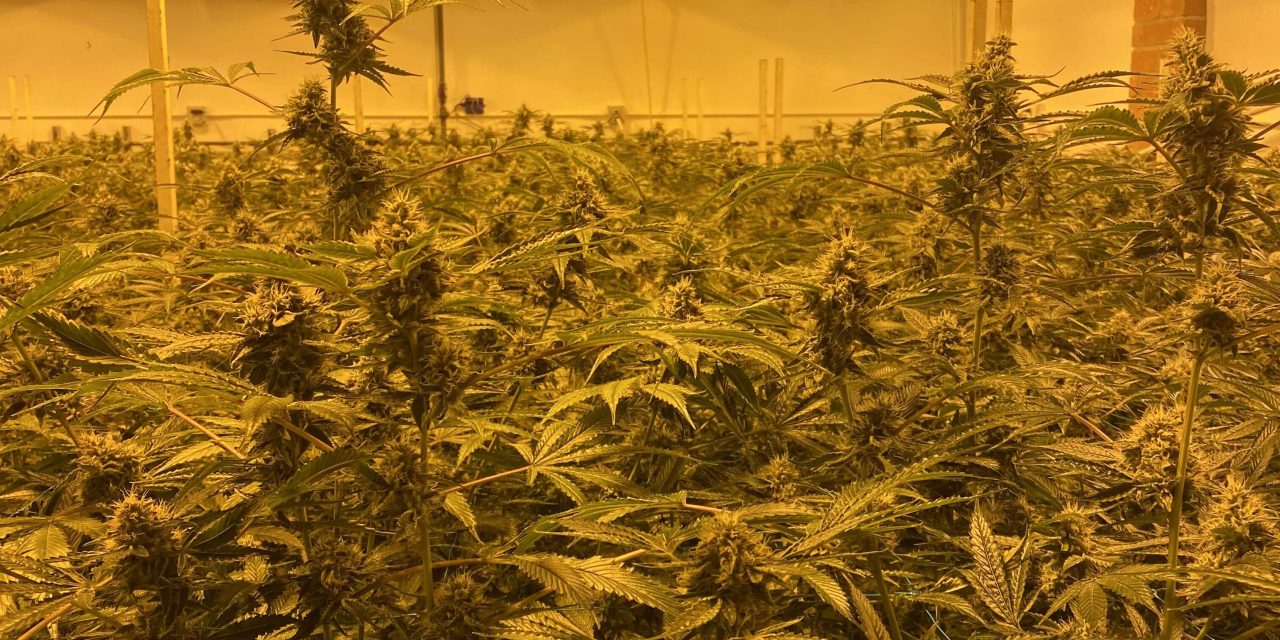Reword and rewrite the following article in HTML, use a hip journalistic writing style and make the heading statements in H3 or bold font where necessary: This isn’t what I intended to write this week, but big pieces take time, and deadlines don’t wait, so in an effort to provide as much value to as many of you as possible, I’ve decided to spin up a list of the most frequently asked questions I receive, and their answers from my perspective. This one kind of runs the gamut of trending weed culture right now, but is by no means an exhaustive list of the important matters at hand, just the collection that I – your friendly neighborhood stoner – get pretty much every time I go to a sesh.Now to be clear, these are just my opinions. As educated as they may be, you may not feel the same way about any, or all, of these topics. That’s ok, as there’s no one right answer for most of this stuff; a lot are a matter of perspective. However, talking about them, and attacking what some consider problems from different angles is how we solve these complex issues. I’m hoping by laying my thoughts out here they not only inform those without my understanding, but also attract those with other perspectives, or potential solutions, to share them as well. Also, I’m not a cultivator, so sorry in advance to any of you who were looking for grow answers, because you won’t find them here. If this goes well maybe we’ll do another round of these in the future, and maybe we’ll even get some other perspectives in the mix. If you’d like your question to be considered, feel free to email me with the subject line ‘FAQ ?s’ and I’ll save them for the next iteration. Anyway, without further adieu, here are my most frequently asked questions:This was one of the first topics we really covered when we started WEIRDOS. First Dante Jordan asked you to stop complaining about the price, and then I reverse-engineered how an eighth gets to $60 – though that was focused on the legal side. What we didn’t specifically cover in those pieces were the basic laws of supply and demand, and while this may be a little basic for many of you, I think we should start here: the price of a product is directly correlated to the metrics of supply and consumer demand of that product. An easy way to explain this is: if there’s a limited number of something but a very large demand, the price will increase. This works inversely, too. As supply of a certain product increases, demand typically decreases, and with that, so does the price. The sneaker aftermarket is a great way to visualize this: tons of people want Travis Scott Jordan’s, but they only make so many. Because of this, people will pay insane prices to acquire them on the aftermarket. Nike knows they shouldn’t make enough of those to satisfy everyone so that there is a loud visible demand, and a cool factor for those who scored. It also keeps their prices healthy for the brand, even if they’re not eating all the aftermarket gains. These calculations (although often frustrating consumers) have kept Nike’s foot on our necks for generations.Now, back to weed.
Frequently Asked Questions (to a Culture Writer)






